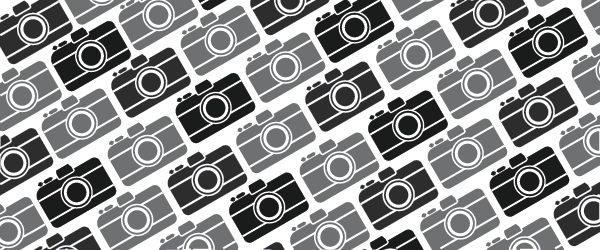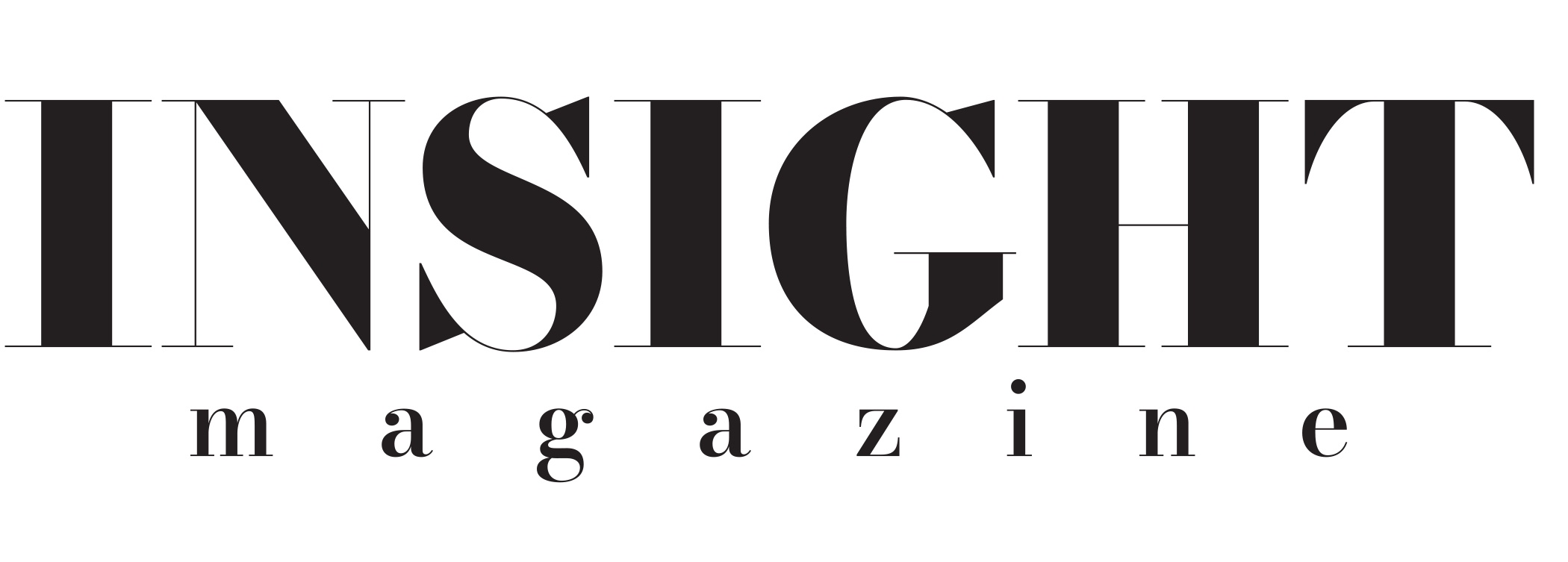
Baron Wolman is a photographer known for his work in Rolling Stone magazine when it first began in the late 1960s. Wolman has photographed numerous iconic faces, such as George Harrison, Jimi Hendrix, Jim Morrison, Janis Joplin, Jerry Garcia, Mick Jagger, Bob Dylan, and many others. Aside from his impressive rock photography, Wolman has photographed authors, actors, comedians, and even cable cars. I had the opportunity to interview Wolman for Insight Magazine on creativity, his favorite on-field memories, and more.
1.What inspired you then and what inspires you now?
Photography has always inspired me. From the first day I picked up a camera and saw the world through its viewfinder, I was inspired. It was a unique experience that is no longer unique now that “everyone is a photographer.” So there is little that inspires me these days in the world of still photography – too many pictures and little respect for them because of the overwhelming number of images. We are drowning in pictures. That said, for the younger generations, they are more and more communicating with pictures rather than words, a situation that deserves some looking into.
2. What do you do to get over creative ruts?
I’ve had many “creative ruts.” When they occur I tell myself to look around to see what sort of non-photographic situations interest me at the moment. Then I ask myself “are there picture possibilities” within any of those situations. Usually there are. Everything a person finds fascinating can produce good pictures, from portraits, to sports, to landscapes, to fishing, whatever. The important thing is to remain curious – if one is curious about something, “study” it with a camera. That’s one satisfying and instructive way to go beyond the surface, and make good pictures in the process.
3. Are you working on anything new?
I’m working on a book compilation of my rock and roll Instagram posts. Also working on better marketing images from my archives. Also working on video interviews with fellow photographers about their careers and their favorite photos. There’s always something new happening especially if you’re open to it.
4. What piece of advice would you give to creators (writers, photographers, etc.) ?
My only advice to creatives is simply to repeat Joseph Campbell’s counsel to “follow your bliss.” Determine your passions and follow them. Don’t do things for the money, do them because you’re passionate about them, you love them, you get great satisfaction from doing them. Be they writing, painting, taking pictures, skateboarding. It’s an infinite list. And when you give yourself fully to your creative passions, there is also often a fringe benefit of public confirmation and financial income.
5. What’s one of your favorite on-field memories?
I have many “on-field” memories, but one of the best was being onstage with the Jimi Hendrix Experience at the Fillmore West in San Francisco in 1968. It was both an exhilarating spiritual and photographic experience, and I have the photos I took to prove it.
6. Who are some of your favorite photographers?
There are contemporary music photographers I admire, there are contemporary sports photographers I admire, there are iPhone photographers I admire, there are landscape photographers I admire. The photographers I usually refer to when answering this question are: one, Cartier-Bresson, who showed me the joy of doing street photography (which translated into photojournalism for me); and two & three, Irving Penn and Richard Avedon who showed me the joy of simple but honest portraiture (which helped me make many of the best musician portraits I did for Rolling Stone).
7. Are there any books you would recommend to aspiring photographers?
Aspiring photographers should spend hours in the library looking at photo books of all kinds. They are inspirational in general and often specifically, whereby a group of photos on a specific subject can inspire a young photographer to direct his/her efforts in a particular direction, toward one or more specific subjects. There are good pictures to be made of virtually every subject, from war to family to sports to street to fashion – there are infinite possibilities to make meaningful photographs.
8. Lastly, are you a Nikon or Cannon man?
I’m a Nikon guy, have been since the Nikon-F single lens reflex appeared on the scene in the sixties.
